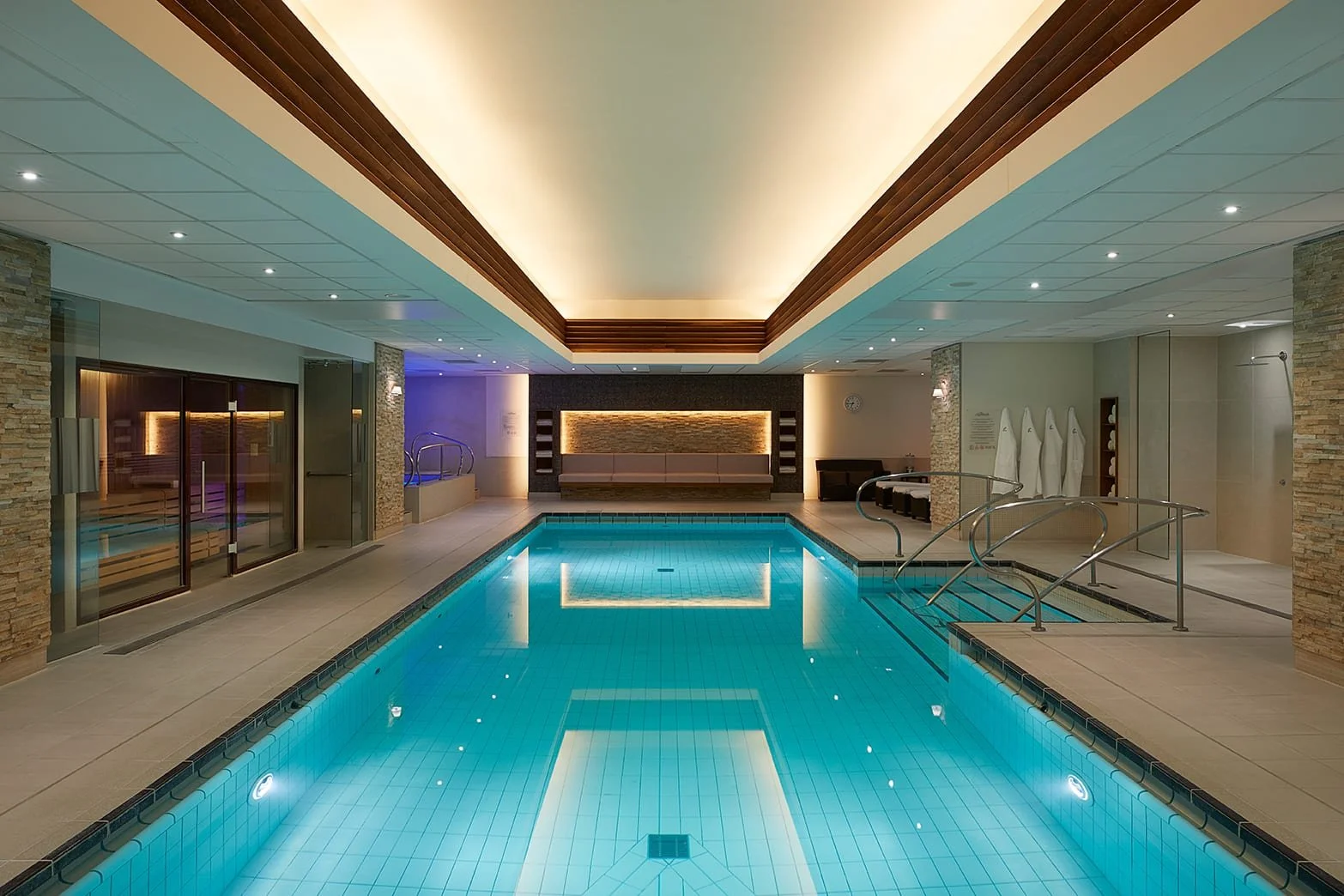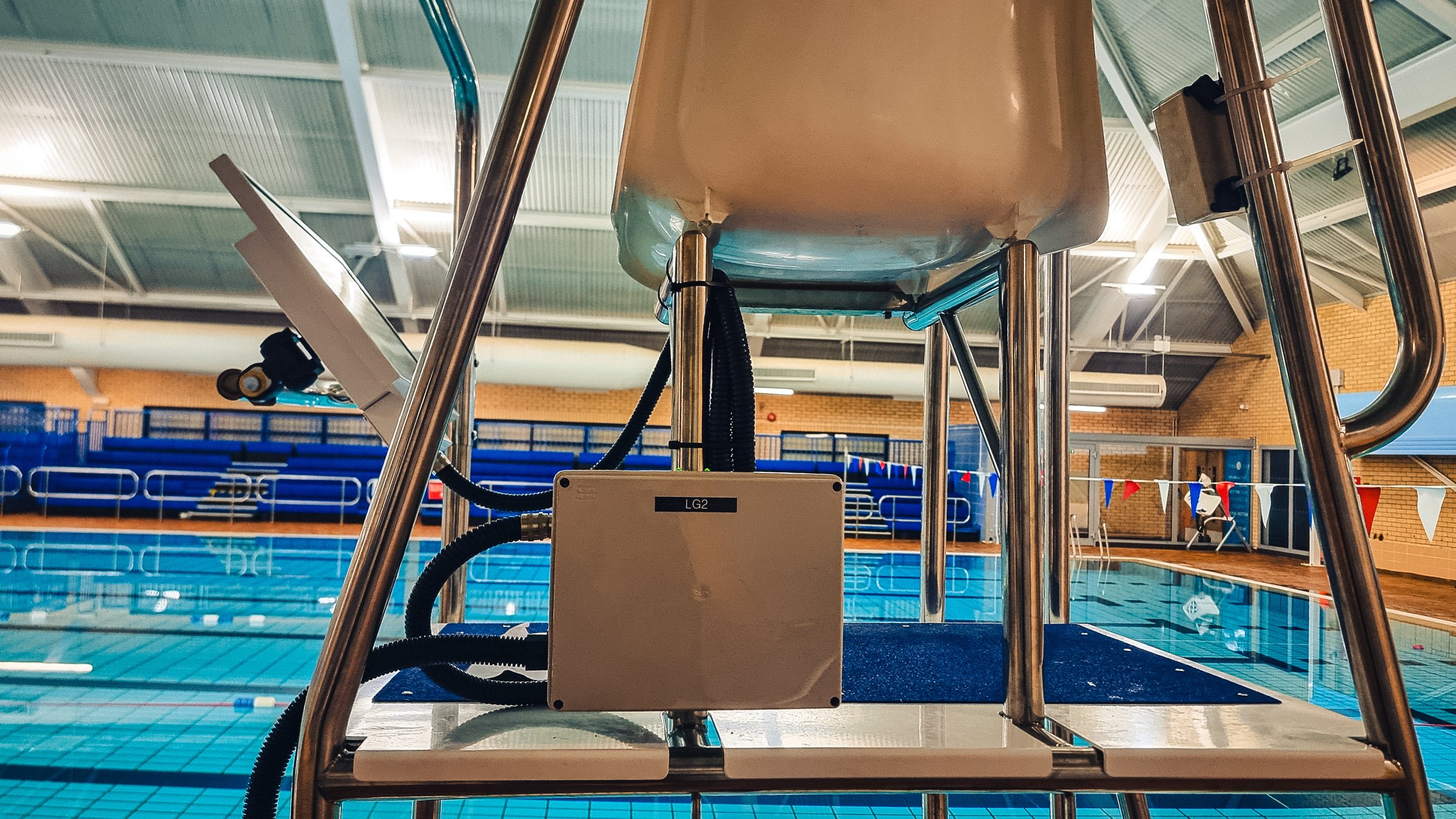For the sake of argument and to help illustrate a concept, please indulge me and accept that Lifeguarding and Drowning Detection Technology (DDT) are in fact two separate biological species with entirely different DNA.
Challenging start to an article right there, but please hang on in and I will elucidate!
Our Lifeguard species can function and survive on its own without any trouble - it has for many decades - whilst there is a constant improvement, its DNA remains unchanged and unaffected. This species lives around the edges of swimming pools and has a complex and challenging existence. It does venture into the swimming pool water itself occasionally and always without any prior warning.
Our second species is a little known one called DDT. Only discovered a little over 20 years ago. It can live independently and quite happily in swimming pools without causing any trouble. It has one role in life and it will alarm as required autonomously without any input or assistance from other species. It can be temperamental and sometimes I do compare it to the less intelligent of my two Border Collie dogs Dennis. Dennis you see has a tendency to bark like mad without actually knowing what he is barking at!! Usually he has been set up by his brother Dexter who happened to spot the postman and knows exactly why he is barking!
So, we now have our two species!
Let us proceed
What if our two species have developed a Symbiotic Relationship a Symbiosis?
The definition of Symbiosis is a close relationship between two species in which at least one species benefits. For the other species, the relationship may be positive, negative, or neutral.
With careful nurturing over the last four years our two species have developed their relationship into a positive one of Mutualism which is a symbiotic relationship in which both species benefit.
Blind shrimp and goby; one of the ocean’s most interesting partnerships
A good example of mutualism involves goby fish and shrimp. The nearly blind shrimp and the fish spend most of their time together. The shrimp maintains a burrow in the sand in which both the fish and shrimp live. When a predator comes near, the fish touches the shrimp with its tail as a warning. Then, both fish and shrimp retreat to the burrow until the predator is gone. From their relationship, the shrimp gets a warning of approaching danger. The fish gets a safe retreat and a place to lay its eggs.
You following me so far?
The blind shrimp is our Lifeguard
The fish is our Drowning Detection Technology
Put them together and they become stronger, safer and more reliable as a partnership - this is the holistic approach of “Blended Lifeguarding”
In March 2017, I had been looking for a word or a key phrase to describe what we had when Lifeguards and Technology worked together in harmony, but I just couldn’t quite grab the right terminology or possess creative enough thinking to ‘work it out’.
I had written a couple of articles, “I don’t want my Lifeguards to rely on technology” and “Technology & Lifeguards - Water & Oil” which expressed my thinking at the time, but I couldn’t articulate my concept without using a group of ten or more words that would communicate or describe my thinking!
Then out of the blue, up stepped Andy Read from Places Leisure who called me and gifted me the phrase ‘Blended Lifeguarding’
Andy (whom I now refer to as the “Godfather of Blended Lifeguarding”) then helped me define the definition as follows:-
Blended Lifeguarding is a technique which combines the traditional 10:20 scanning methods of pool supervision, safety and rescue with technology driven drowning detection and prevention systems. This creates a working practice which harmonises the best capabilities of each to produce a safer swimming environment for all.
In 2017 when I was reflecting upon this, I was reminded of a methodology that was produced in the late 90’s by the then ISRM called the “Integrated Management System” for Leisure Centres. Simple idea - involved a fair bit of work to get it set up and get running - but worked well.
In simplistic terms, it utilised much of what we already did on site and of course knew, but it blended our knowledge and work practices and integrated everything together to produce an efficient and effective management framework.
I said at the time. “it really does not take much imagination to realise that we mustn’t separate the two resources that we can have on poolside i.e. well trained lifeguards and drowning prevention technology. There is a good marriage to be had there”
Fast forward four years to present day and I realise that when I take my rose tinted spectacles off - we have only just crossed the chasm and are moving into the “Early Majority” phase as far as detection is concerned and I am asking myself why?
Just three days ago a comment was dropped onto another post I had written about our failure to future proof ALL of our new build swimming pools for drowning detection. It read:-
“This is something I know little about but makes sense. Clearly, the local authorities have not included anti drown cameras (I know that's not what they're called, but that's what they are) are not including them in the spec and none of the bidders know enough about the challenger sale methodology to capitalise on this.”
The penny dropped for me then. I realised that in general terms - everyone “to the right of the chasm” more than likely saw Drowning Detection Technology as a stand alone item - great to have but……..
The integration of DDT into a swimming pools DNA as part of a balanced approach has not been understood nor appreciated.
When considering whether or not to include DDT it was a very black and white choice and it was generally rejected (dare I say it by uninformed luddite decision makers within the scheme) because there are (thankfully) so few drownings in UK pools, it seems expensive, we don’t have a deep pool, our lifeguards are the best trained, we have never had a drowning etc. etc. etc. and of course - we are already over budget!!
The benefits of inclusion were not considered nor understood - put simply, in their eyes - if drownings in swimming pools are such a rarity, then there is not much benefit in including DDT as it might never happen and its only going to be an unnecessary cost!
Considering DDT in isolation instead of as a part of a management solution will end in a negative way.
So let’s have a look at those local authorities and companies who have embraced the Blended Lifeguarding approach - why have they?
Without “beating around the bush” - increasing swimmer safety and supporting your Lifeguards is written down as everyones top driver (you can’t put anything else top really). Swimmer safety heads customer service!
Is ALWAYS to improve efficiency. This can be dressed up in many ways (it should be noted that efficiency does not always mean reduction but can also be about controlling numbers), but in essence it means if DDT is installed there is an opportunity for the system to pay for itself within 18months, everything after that is a saving!
DDT offers flexibility to the management team to develop their program and lifeguards in a way that ensures No.1 is still No.1 and No.2 is achievable.
If we don’t install DDT we can’t do No.1, No.2 and No.3 we are stuck with a rectangular pool and the same way of managing it that has always been.
Drownings are a rarity in UK public swimming pools - Immersion Events caused by a medical event have increased and are difficult for humans to detect - computers provide the additional support Lifeguards need
Whilst we still see an “Immersion Event” as unlikely and should it NEVER happen we will still have a Blended Lifeguarding system that covers all of the above!
Lifeguard Robots May Be Coming to A Pool Near You
In the not too distant future, DDT will be built into every pool, like a smoke detector is in a new house.
DDT will be part of the Building Management System
There will be two distinct methods for managing safety in swimming pools - with and without DDT
Lifeguards will not want to Lifeguard unless there is DDT support
How we Lifeguard will evolve in a positive way
It will be deemed negligent NOT to include DDT in a swimming pool
When I left Local Authority Leisure in 2009 to get involved in Safer Swimming Technology, I used to ask “if you could have this for nothing - would you want it?” I never ever received a negative answer.
Here we are twelve years later - if you embrace the “Blended Lifeguarding” approach, you can as good as have it for nothing, improve your efficiencies and most importantly of all, increase swimmer safety whilst supporting your Lifeguards



















